
The CD19 t-haNK therapy alone and in combination with rituximab achieved complete responses and no significant toxicities in 2 patients with late-stage WM.

Your AI-Trained Oncology Knowledge Connection!


The CD19 t-haNK therapy alone and in combination with rituximab achieved complete responses and no significant toxicities in 2 patients with late-stage WM.

The drug that the companion diagnostic identifies patients for, zongertinib, received FDA approval for HER2-mutant NSCLC on August 8, 2025.

Conducting trials safely within a community setting lies at the heart of a successful collaboration between Northwell Health and START.
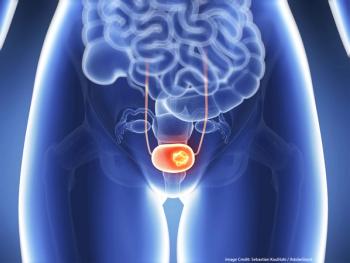
Patients with cisplatin-ineligible bladder cancer who received enfortumab vedotin plus pembrolizumab and surgery had prolonged survival vs those who received surgery alone.

The novel cancer vaccine plus pembrolizumab missed statistical significance but generated a clinically meaningful improvement in advanced melanoma.

Findings demonstrate a need to move beyond disease-related factors to address disparities in HMA treatment patterns among those with MDS.

The expertise of START's network may streamline the availability of clinical trial enrollment and novel treatment options among patients with cancer.
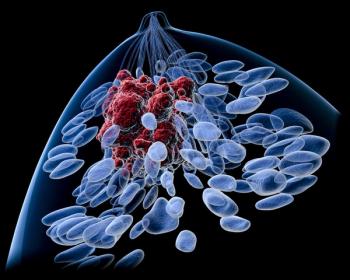
The decision is based on phase 3 VERITAC-2 trial data showing a significant PFS improvement vs fulvestrant in ESR1-mutant ER+/HER2– breast cancer.

A panel of clinical pharmacists discussed strategies for mitigating toxicities across different multiple myeloma, lymphoma, and leukemia populations.

A new START center in New York may give patients with advanced malignancies an opportunity to access novel therapies in the community setting.

Roxadustat’s developers intend to file the full phase 3 protocol for the FDA in the fourth quarter of 2025.

START is the largest early-phase oncology network in the community-based setting, according to Geraldine O’Sullivan Coyne, MD, PhD, MRCPI.

Shebli Atrash, MD, believes the future for treatment in multiple myeloma, as well as in solid tumors and beyond, includes immune therapies.

Jose Sandoval Sus, MD, discussed the “revolution” that CAR T-cell therapies have facilitated for patients with large B-cell lymphomas.

Phase 2b findings demonstrate improved 2-year survival outcomes with OST-HER2 compared with historical control data.

The 2025 National ICE-T Symposium gave oncology experts an opportunity to share ideas regarding the administration of cellular therapies.

Zongertinib is now approved by the FDA for patients with nonsquamous NSCLC with HER2 TKD activating mutations.
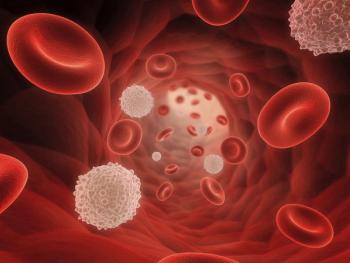
Preplanned interim results from the phase 3 EPCORE FL-1 trial support the FDA granting priority review to epcoritamab with rituximab and lenalidomide in relapsed/refractory FL.
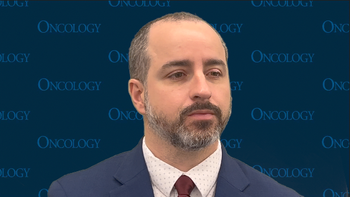
Jose Sandoval Sus, MD, discussed standard CAR T-cell therapies in patients across multiple high-risk lymphoma indications.

Balancing a career as a pediatric oncologist with leadership responsibilities, Maria C. Velez, MD, shares insights into her passion for the field and ASPHO’s impactful work.
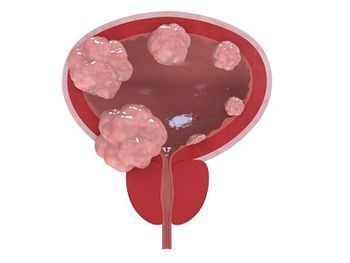
Adverse reactions in the phase 3 ENVISION trial were largely mild to moderate in severity, and serious reactions occurred in 12% of those with NMIBC.

Data from the PANOVA-3 trial may support the concomitant use of TTFields plus standard of care in solid tumors across different therapeutic settings.

The new formulation should increase the batch size by approximately 50% and will offer the potential to expand access to patients in new geographic locations.
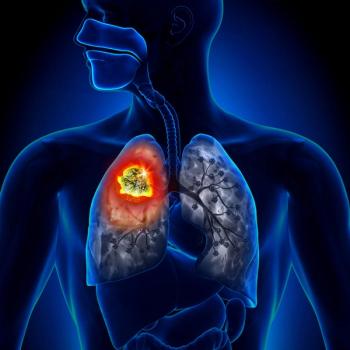
Symptom specificity is now included in updated guidelines for SCLC relating to LEMS, characterized by proximal muscle weakness and autonomic dysfunction.
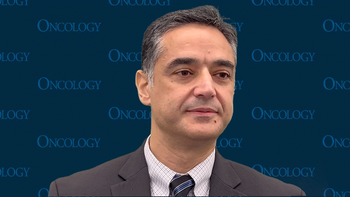
Elucidating nonresponses to bispecific T-cell engagers may be an important research consideration in the multiple myeloma field.

The anti-CD19/4-1BB CAR T-cell therapy candidate elicited an ORR and CR rate of 100% each in patients with relapsed/refractory MCL.

Barriers to access and financial toxicities are challenges that must be addressed for CAR T-cell therapies in LBCL, according to Jose Sandoval Sus, MD.

Patients reclassified to high-risk clinicopathology with DCISionRT saw an absolute reduction in IBR rates of 11.6%; from 17.7% to 6.1%.

Supporting data for the accelerated approval of dordaviprone come from 5 open-label trials in H3 K27M-mutant diffuse midline glioma.

While there is no clear and cut way to transition patients from pediatric to adult care, Maria C. Velez, MD, has established a helpful network of willing clinicians.